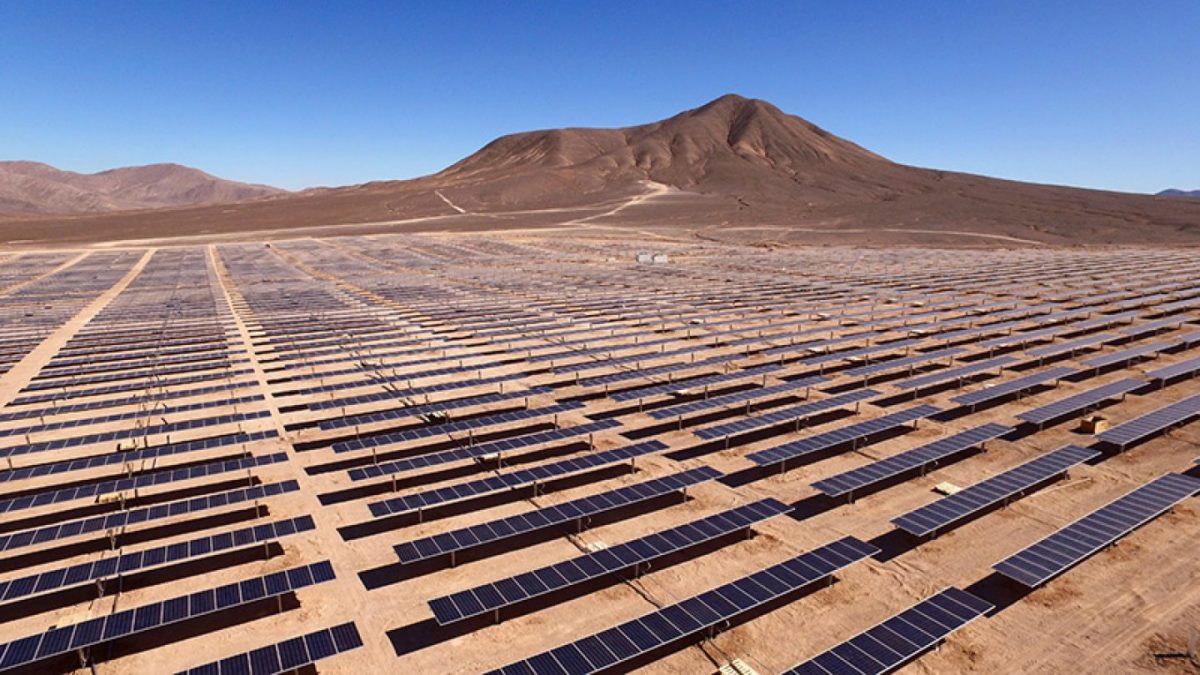Lightsource BP is proposing a new utility-scale solar farm in South Australia. The U.K. solar developer will host a community information event in Mannum to give residents and interested parties an opportunity to find out more about the 100 MW project and the company’s plans.
The solar installation would be located on 540 acres of land approximately 3km west of Mannum town centre. It would generate enough clean energy to power 34,700 households annually. Around 300 regional jobs would be created in the construction phase, as well as two to three on-going roles during operation.
According to Lightsource BP, the proposal design ensures 15ha of native vegetation will be retained and impacts on waterways will be avoided. The solar farm is also designed to allow for sheep grazing beneath and between the rows of panels, while also supporting beekeeping, which may be an additional use for the land in the future.
“We are hosting this information evening to have an open and transparent discussion with residents,” Adam Pegg, Country Manager, Australia at Lightsource BP said. “It’s an opportunity for us to present our plans, research and further information about our business and have a two- way discussion with residents. During the event, we aim to discuss why the land area has been chosen and the benefits of our proposals.”
The community consultation event will be held at The Barn, Mannum Motel, 76 Cliff Street Mannum, on Wednesday. People can drop in any time between 3pm and 7pm to speak to staff from Lightsource BP and Golder, the consultancy appointed to undertake environmental planning and community engagement.
Oil and gas majors on the move
After it closed its subsidiary, BP Solar, in February 2012, British Petroleum made its first move back into PV with the acquisition of 43% stake in British renewables firm Lightsource in 2017. The company played a major role in the U.K. solar boom and emerged as one of Europe’s leading solar developers before it turned its focus to overseas expansion.
Lightsource BP’s first proposal in Australia was the 50 MW Naring Solar Farm in northern Victoria, followed by the 15 MW Winton Solar Farm. Last year, the developer was successful in a bid to provide renewable energy to government-owned retailer Snowy Hydro in New South Wales in a massively oversubscribed 888 MW renewable energy tender. The company’s bid was one of eight projects to win across the tender and will take the form of a 105 MW solar farm fully funded, constructed and maintained by Lightsource BP, providing power to Snowy Hydro under a 15-year PPA.
Total Eren, meanwhile, launched construction on Victoria’s biggest solar farm, the 256.5 MW Kiamal Solar Farm and is looking to add a second stage with a generation capacity of up to 194 MW. On top of that, the renewables developer – which is 23% owned by French oil and gas major Total – is exploring commercial options for an approved 380 MWh of energy storage.
Multinational oil company Shell has secured approval for a 250 MW solar power plant in the Western Downs region of Queensland, and unveiled plans for a 120 MW utility scale PV array to supply its QGC onshore gas operations in the north of the state.
Enel Green Power Australia, a subsidiary of Italy’s energy giant, owns the 275 MW Bungala Solar Farm in joint venture with Dutch Infrastructure Fund. The project located near Port Augusta, South Australia, is one of the largest solar facilities in the country. Recently, Enel launched construction of the 34.2 MW Cohuna Solar Farm, one of the three solar projects allocated in the first Victorian renewable energy auction.
Diversifying its gas-focused portfolio Down Under, Italian oil group Eni entered the Australian renewables market earlier this year by acquiring the Northern Territory’s largest solar project – the 33.7 MWp Katherine Solar Farm, and the list goes on.
According to a recent report from Norwegian consultancy Rystad Energy, in the Asia-Pacific region outside China, renewable energy investment will overtake spending on upstream oil and gas projects as soon as next year. And Australia is set to emerge as one of the leading investment destinations.
This content is protected by copyright and may not be reused. If you want to cooperate with us and would like to reuse some of our content, please contact: editors@pv-magazine.com.









By submitting this form you agree to pv magazine using your data for the purposes of publishing your comment.
Your personal data will only be disclosed or otherwise transmitted to third parties for the purposes of spam filtering or if this is necessary for technical maintenance of the website. Any other transfer to third parties will not take place unless this is justified on the basis of applicable data protection regulations or if pv magazine is legally obliged to do so.
You may revoke this consent at any time with effect for the future, in which case your personal data will be deleted immediately. Otherwise, your data will be deleted if pv magazine has processed your request or the purpose of data storage is fulfilled.
Further information on data privacy can be found in our Data Protection Policy.